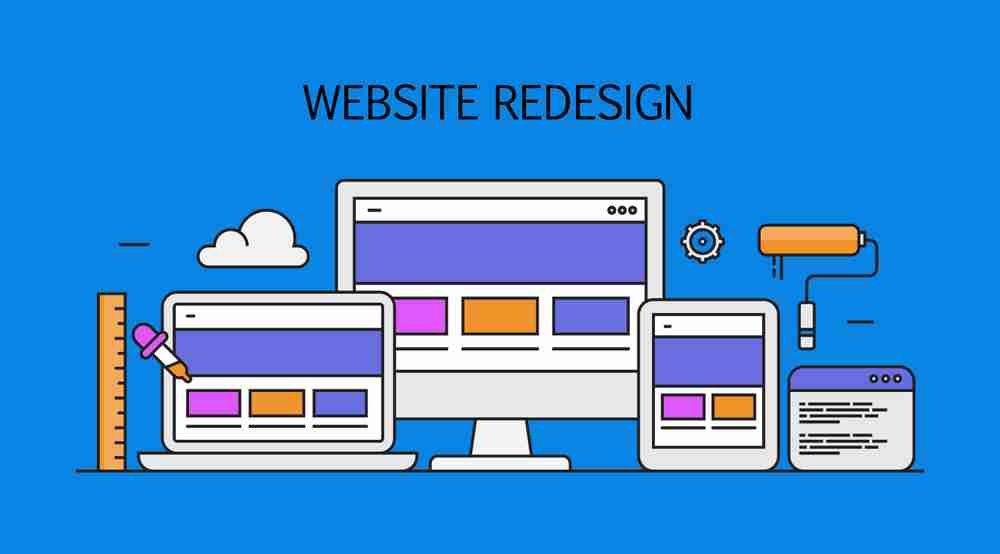Web accessibility is the practice of designing and developing websites and web applications to ensure that people with disabilities can perceive, navigate, and interact with them effectively. It aims to remove barriers that may prevent individuals with disabilities from accessing or using online content. Designing for web accessibility involves considering the diverse needs of users and implementing features and techniques that make the web content more inclusive.
Here are key principles and strategies for designing accessible websites.
- Perceivability: Ensure that all users can perceive and access the content. This includes providing alternative text for images, captions or transcripts for audio and video content, and using color contrast that is readable for people with visual impairments.
- Operability: Make sure the website is easy to operate and navigate. This involves designing a logical and consistent layout, providing clear and meaningful headings, and offering keyboard navigation options for users who cannot use a mouse.
- Understandability: Ensure that the content and functionality are clear and understandable to all users. Use plain language and avoid jargon or complex terminology. Provide instructions and feedback that are easy to comprehend.
- Robustness: Build websites that are compatible with a wide range of assistive technologies and devices. Follow web standards and use semantic HTML to enhance compatibility with different browsers and accessibility tools.
Here are some specific web accessibility techniques and best practices:
- Use proper heading structure: Use heading tags (h1, h2, etc.) in a hierarchical order to provide structure and assistive technology users in understanding the content organization.
- Provide alternative text for images: Use descriptive alt text to convey the meaning of images to users who cannot see them. This is crucial for screen reader users.
- Caption and transcript for multimedia: Provide captions for videos and transcripts for audio content to assist users who are deaf or hard of hearing.
- Ensure color contrast: Use sufficient color contrast between foreground and background elements to make text and other content readable for users with visual impairments.
- Keyboard accessibility: Ensure that all functionality is accessible via keyboard alone, without relying on mouse interactions. This is important for users who have difficulty using a mouse or other pointing devices.
- Test with assistive technologies: Regularly test your website using screen readers, keyboard-only navigation, and other assistive technologies to identify and fix accessibility issues.
It’s worth noting that web accessibility is not only about complying with legal requirements, such as the Web Content Accessibility Guidelines (WCAG), but it’s also about creating a more inclusive and user-friendly experience for all individuals, regardless of their abilities.
